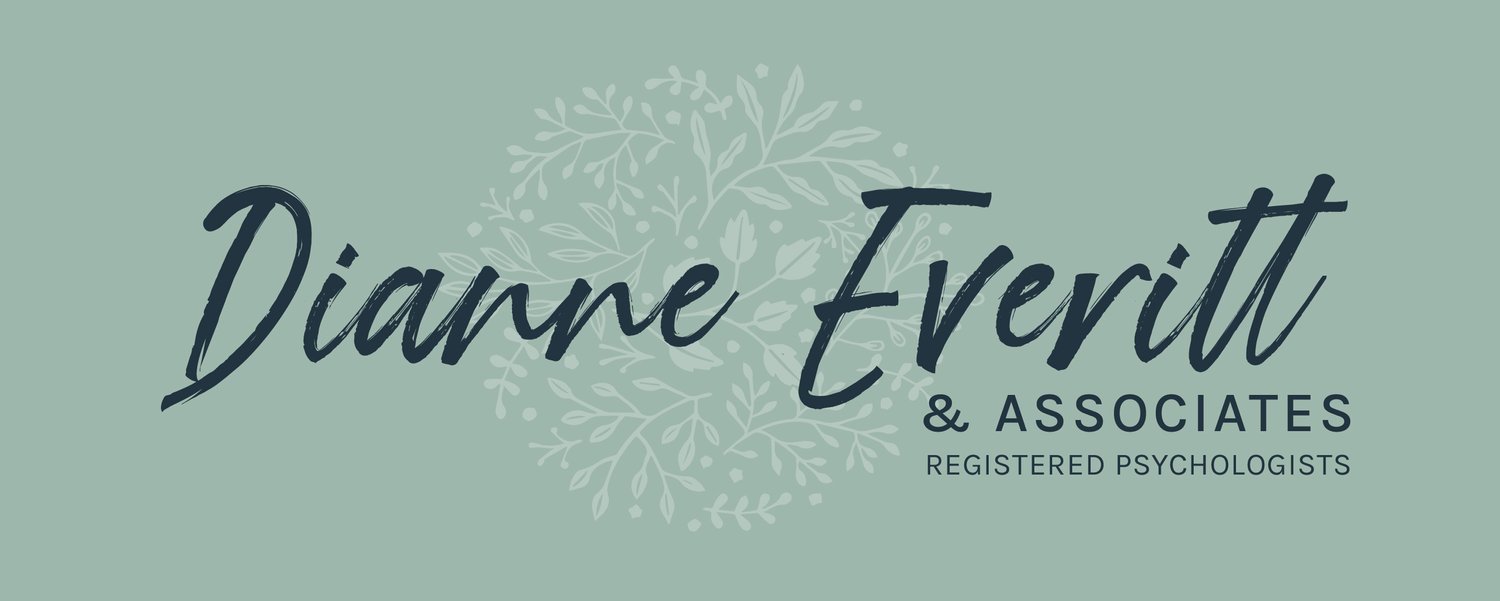The Happiness Gap: What’s Missing from our Lives?
When I was a student, I wrote a dissertation on Child Sex Trafficking. I set out to discover what young girls who had been trafficked had experienced, how they survived, and what life was like once they got out. What emerged from the study was that girls who had at least one adult that they could trust and depend on coped significantly better with the aftermath of being trafficked than those who had nobody. If they had an uncle they could call when they didn’t know where to turn, or a teacher they could tell when they were in distress, their ability to move beyond their horror increased exponentially. Those who had nobody to turn to remained stuck. Those who were able to overcome did so because they were connected.
This truth has stuck with me through the years. As human beings, we are hard-wired for connection. We were not created to exist in isolation. We need other people, as they need us.
Much of the work I do revolves around rediscovering how a person can create more meaningful connections in their lives. Inevitably, connecting with another human being on a meaningful level involves a certain level of risk. It requires us to make ourselves vulnerable, which is a feeling that most of us prefer to avoid.
Beyond the results of my study, the power of connection has followed me. A 75-year study by Harvard found that people who had authentic connections with others lived healthier and happier lives. I have witnessed countless accounts of lives being transformed as people have found the courage to move outside of their comfort zones and learned to connect more deeply.
So if connection is such a powerful factor in our lives, how do we go about it?
1. Connect with yourself first
One of the most common coping strategies I see people adopt, is the idea that if you ignore something, it will go away. Sometimes this means pretending that we are ok, when really we are not. We hope that if we ignore the feeling of sadness, or anger, or (insert negative emotion), then it might not affect us, and we might be able to continue to be reasonably functional. The irony is that the opposite is true. The more we are able to acknowledge and accept difficult emotions as part of life, the more we are able to connect with ourselves in a congruent way. Congruent means that what is happening on the inside is reflected on the outside. It means when we are sad, we cry. We connect with ourselves, which ultimately sets us up to connect with others.
2. Get comfortable with the discomfort of vulnerability
Coming face to face with our weaknesses, with the difficult emotions that arise within us, evokes a feeling of being vulnerable. Vulnerability makes us uncomfortable, and that’s okay. While it makes us uncomfortable, it is also essentially what makes us human. There is a whole world that is waiting to be opened up to you if you will dance with vulnerability.
3. Be willing to take a risk
It is not the number of social connections we have, but the quality that counts. Most of the girls in my study only had one person they could connect with. Once we are able to connect with ourselves, accept our vulnerability as part of our humanity, it enables us to create more meaningful relationships with others. Open up to others and let them see your inner world. Not the world where you brush things under the carpet and ignore them, but the world where you acknowledge and accept your pain, your fears, your struggles. It is from the same place that your hopes and dreams are birthed. So the next time you find the opportunity, take a moment to share your hopes, your dreams, or your fears with someone else.
